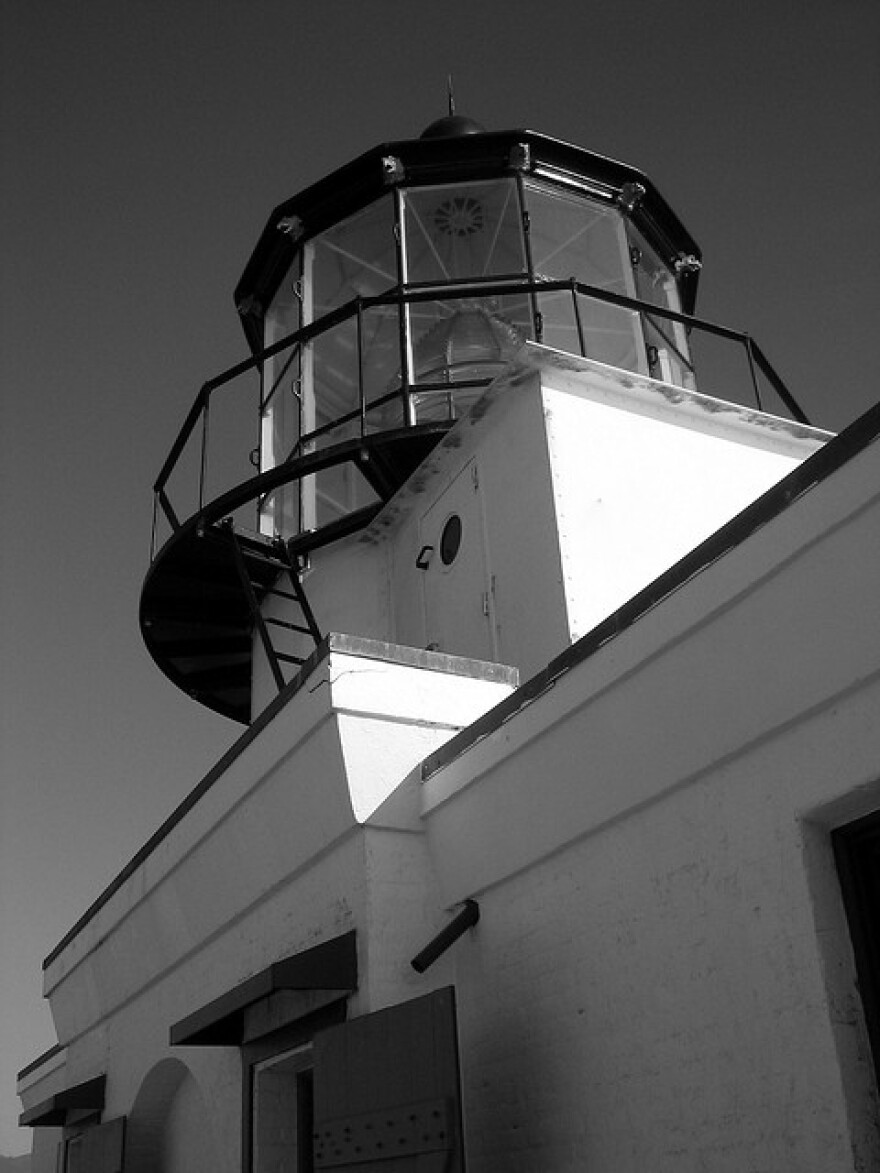As we mark National Lighthouse Day, we hear about the technology that saved lives and built empires.
If you were to rewind 224 years, on this day Congress would have just approved an act, that on its face seemed fairly run-of-the-mill, but would invariably change America’s coastlines, render shipping more reliable and even alter the course of a major war.
It was an "Act for the Establishment and Support of Lighthouses, Beacons, Buoys and Public Piers" – and it marked the first commission of a federal lighthouse and funding to for improved lighting along the new nation’s coasts. Two hundred years later, Congress would approve another act – this one marking August 7th as National Lighthouse Day, which we celebrate today.
Milwaukee received some of this federal funding to construct its first lighthouse in 1838 at the east end of what’s now East Wisconsin Avenue. It would be replaced by the North Point Light House in 1855.

Both of these local lighthouses boasted the latest in lighthouse technology in their lantern houses - the Fresnel lens.
It was named for its creator – French physicist Augustin Fresnel, and it allowed for much brighter lights that could be seen for greater distances.
How Fresnel came to revolutionize lighthouses around the world is documented in the new book, A Short Bright Flash: Augustin Fresnel and the Birth of the Modern Lighthouse, by author Theresa Levitt.
"When people think about the engineering marvel of a lighthouse, they often think of these big stone towers going up, but in fact it was the lenses inside of them that were the engineering masterpiece," Levitt says.
Fresnel was the brilliant 19th-century French theoretical physicist whose ingenious prism lens design revolutionized lighthouses and influenced the course of history. As Levitt explains, Fresnel “completely reworked the theory of how light worked,” in realizing that light works not just like a particle but also like a wave.
Armed with this discovery, Fresnel dedicated his life, cut short though it was by tuberculosis, to implementing his designs up and down the coasts of Europe and America. He faced critics and obstacles, from laborious manufacturing and exorbitant costs, and spent years working to replace antiquated mirrored lighthouse lights with his new prismatic lenses.
Before Fresnel’s invention, lighthouses could be seen no more than five to eight miles out, often not far enough away to warn sailors of dangerous shoals and rocks. With prism lenses to focus their light, however, lighthouses could be seen anywhere from twenty to forty miles out, making seafaring trade and exploration both safer and more efficient.

Fresnel’s advancements in lighthouse technology played important roles in historical events, most notably the American Civil War. When Union ships blockaded the Confederate coast, Confederate soldiers responded by dismantling off their powerful new lighthouses and effectively obscuring the shore.
Though he did not live a long life, Fresnel made a lasting contribution to physics and to society, as a whole, with his groundbreaking understanding of light as waves and realization that it could be harnessed so efficiently by prismatic lenses. All in all, Levitt says, lighthouses “really do become iconic as this idea of the public good, something which is really there to benefit everybody.”







